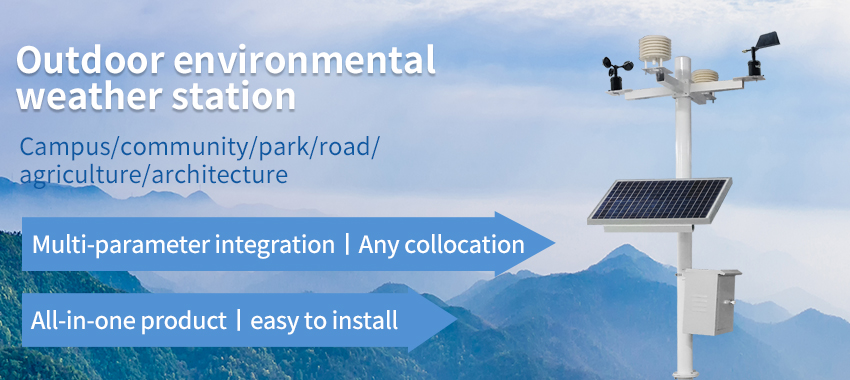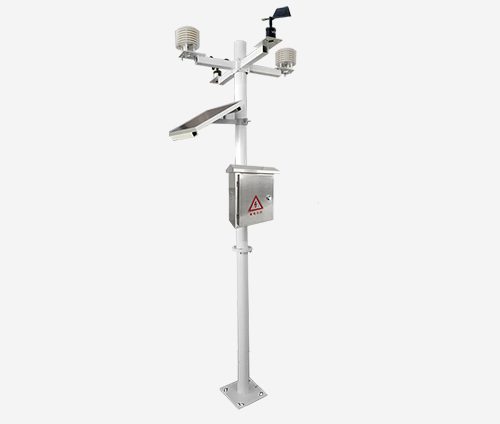Learn about Automatic Weather Station
Automatic Weather Station (AWS) are revolutionizing meteorological monitoring across the globe. These advanced systems has streamline data collection and analysis, making significant contributions to various sectors such as agriculture, aviation, and disaster preparedness. This article explores the key features and benefits of AWS, highlighting its pivotal role in enhancing meteorological monitoring.
Key features and benefits of Automatic Weather Station
Advantages of Real-Time Data Collection
One of the most significant advantages of automatic weather station is its capability to collect real-time weather data. Unlike traditional manual methods, AWS continuously gathers information on temperature, humidity, wind speed, and precipitation. This real-time data is invaluable for forecasting and early warning systems, providing crucial insights for effective decision-making in various industries.
Enhanced Accuracy and Reliability

AWS deploys sophisticated sensors and instruments to ensure the accuracy and reliability of meteorological data. By minimizing human intervention, the risk of human error is significantly reduced, leading to more precise and dependable weather forecasts. Moreover, the automated nature of AWS allows for consistent data collection, enabling long-term trend analysis and climate research.
Cost-Effectiveness and Accessibility
In addition to their technical capabilities, AWS offer a cost-effective solution for meteorological monitoring. The automation of data collection and transmission reduces the need for manual labor, resulting in operational cost savings. Furthermore, the accessibility of AWS-generated data enables remote monitoring in geographically challenging or inaccessible areas, thereby expanding the reach of meteorological observation networks.

Versatility and Adaptability
AWS are designed to be versatile and adaptable to diverse environments and applications. Whether deployed in remote rural areas, maritime environments, or urban centers, these stations can withstand varying climatic conditions while maintaining high levels of performance. Such versatility ensures that a wide range of industries and organizations can benefit from the wealth of meteorological data provided by AWS.
Impact on Critical Sectors
The impact of AWS extends to critical sectors such as agriculture, where accurate weather data is essential for crop management, irrigation, and pest control. In aviation, real-time weather information from AWS enhances flight safety and operational efficiency. Additionally, AWS plays a crucial role in disaster management by providing early warnings for severe weather events, thus mitigating risks and reducing potential damage.
Future Outlook and Innovations
Looking ahead, the future of AWS lies in continual innovation and integration with emerging technologies. Advancements in sensor technology, data analytics, and artificial intelligence will further enhance the capabilities of AWS, leading to even more accurate and actionable meteorological insights. Furthermore, the integration of AWS into Internet of Things (IoT) networks holds promise for creating interconnected and dynamic weather monitoring systems.
Conclusion
Automatic Weather Station become meteorological monitoring by providing real-time, accurate, and accessible weather data. Their impact spans across various sectors, contributing to improved decision-making, safety, and operational efficiency. As AWS continue to evolve and innovate, their role in shaping the future of meteorology becomes increasingly indispensable, solidifying their position as a cornerstone of modern weather monitoring systems.
